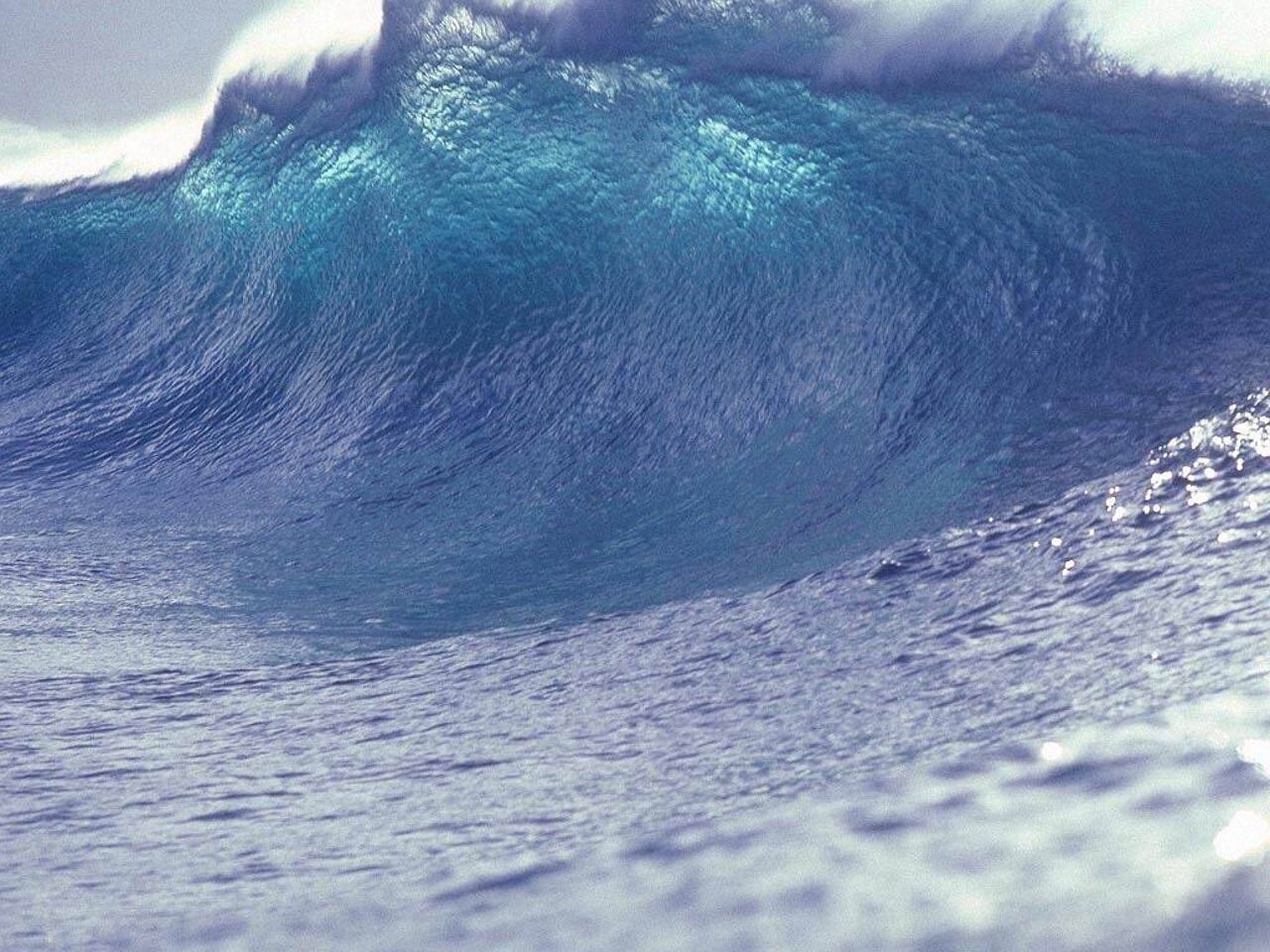Assessing Tsunami Risk In California: High-Impact Coastal Areas

Welcome to your ultimate source for breaking news, trending updates, and in-depth stories from around the world. Whether it's politics, technology, entertainment, sports, or lifestyle, we bring you real-time updates that keep you informed and ahead of the curve.
Our team works tirelessly to ensure you never miss a moment. From the latest developments in global events to the most talked-about topics on social media, our news platform is designed to deliver accurate and timely information, all in one place.
Stay in the know and join thousands of readers who trust us for reliable, up-to-date content. Explore our expertly curated articles and dive deeper into the stories that matter to you. Visit Best Website now and be part of the conversation. Don't miss out on the headlines that shape our world!
Table of Contents
Assessing Tsunami Risk in California: High-Impact Coastal Areas
California's stunning coastline, a magnet for tourism and home to millions, faces a significant, often underestimated threat: tsunamis. While earthquakes are a more frequently discussed hazard, the potential devastation of a major tsunami shouldn't be ignored. Understanding the risk and identifying high-impact coastal areas is crucial for effective preparedness and mitigation.
The Cascadia Subduction Zone: A Major Threat
The primary source of tsunami risk for California is the Cascadia Subduction Zone (CSZ), a 600-mile-long fault line stretching from Northern California to Vancouver Island. A massive earthquake along the CSZ, similar to the 1700 Cascadia earthquake, could generate a devastating tsunami impacting the entire West Coast. This isn't a hypothetical scenario; it's a geological reality with a history of significant events. Scientists continually monitor the CSZ for seismic activity, using advanced techniques to improve prediction models and early warning systems. [Link to USGS Cascadia Subduction Zone information]
High-Impact Coastal Areas: Where the Risk is Greatest
While the entire California coastline is vulnerable, certain areas face a higher risk of tsunami inundation due to factors like proximity to the CSZ, coastal geography, and local topography. These include:
-
Northern California: Areas like Crescent City, Eureka, and Mendocino County are particularly vulnerable due to their proximity to the CSZ and the relatively shallow continental shelf. The geography of these areas can amplify the tsunami wave height.
-
Central California: Cities like Monterey and Santa Cruz, while not directly on the CSZ, are still susceptible to significant tsunami waves, especially those generated by distant events. Their low-lying coastal areas are particularly vulnerable to inundation.
-
Southern California: While less directly threatened by the CSZ, Southern California is still at risk from distant tsunamis generated across the Pacific Ocean. Areas like Los Angeles and San Diego, with densely populated coastal regions, require robust tsunami preparedness plans.
Understanding Tsunami Inundation Zones:
The National Oceanic and Atmospheric Administration (NOAA) has developed detailed tsunami inundation maps for California. These maps illustrate the potential extent of flooding from various sized tsunamis. It's essential for residents and businesses in coastal areas to consult these maps to understand their individual risk. [Link to NOAA Tsunami Inundation Maps for California] These maps are not just for emergency planning; they're crucial for long-term development and land-use decisions.
Preparing for the Inevitable: Mitigation and Response
Preparing for a tsunami requires a multi-faceted approach:
-
Develop a Personal Tsunami Plan: Know your evacuation route, assemble an emergency kit, and stay informed about tsunami warnings.
-
Strengthen Coastal Infrastructure: Investing in resilient infrastructure, such as seawalls and improved building codes, is crucial for reducing damage.
-
Improve Early Warning Systems: Continued investment in advanced warning systems, including seismic monitoring and buoy networks, is vital for providing timely alerts.
-
Community Education and Awareness: Public education initiatives are vital in raising awareness of tsunami risks and promoting preparedness.
Conclusion:
Assessing tsunami risk in California is a complex undertaking, requiring ongoing scientific research, effective emergency planning, and community engagement. By understanding the threats, identifying high-impact areas, and implementing robust mitigation strategies, California can significantly reduce the potential devastation from future tsunami events. The safety and well-being of coastal communities depend on a proactive and informed approach to this significant natural hazard.

Thank you for visiting our website, your trusted source for the latest updates and in-depth coverage on Assessing Tsunami Risk In California: High-Impact Coastal Areas. We're committed to keeping you informed with timely and accurate information to meet your curiosity and needs.
If you have any questions, suggestions, or feedback, we'd love to hear from you. Your insights are valuable to us and help us improve to serve you better. Feel free to reach out through our contact page.
Don't forget to bookmark our website and check back regularly for the latest headlines and trending topics. See you next time, and thank you for being part of our growing community!
Featured Posts
-
 Post Match Scuffle Keyshawn Daviss Reaction To Brothers Loss
Jun 10, 2025
Post Match Scuffle Keyshawn Daviss Reaction To Brothers Loss
Jun 10, 2025 -
 Gaza Conflict Palestine Unveils 2026 World Cup Team
Jun 10, 2025
Gaza Conflict Palestine Unveils 2026 World Cup Team
Jun 10, 2025 -
 Heated Debate On The View Whoopi Goldberg Rejects Elon Musk Trump Breakup Story
Jun 10, 2025
Heated Debate On The View Whoopi Goldberg Rejects Elon Musk Trump Breakup Story
Jun 10, 2025 -
 Mlb News Lindor Plays Through Pain Delivers Game Changing Hit
Jun 10, 2025
Mlb News Lindor Plays Through Pain Delivers Game Changing Hit
Jun 10, 2025 -
 Merab Dvalishvili Retains Bantamweight Belt With O Malley Submission
Jun 10, 2025
Merab Dvalishvili Retains Bantamweight Belt With O Malley Submission
Jun 10, 2025
